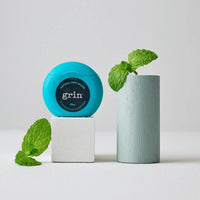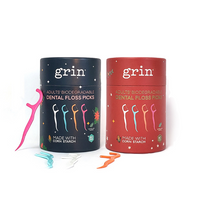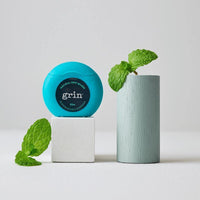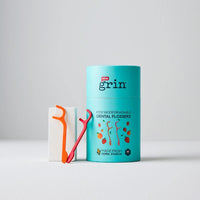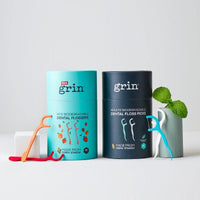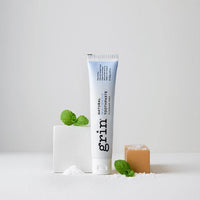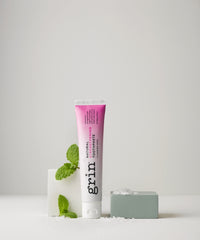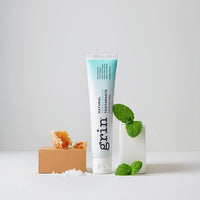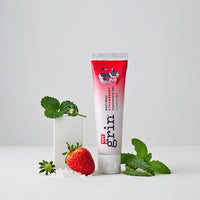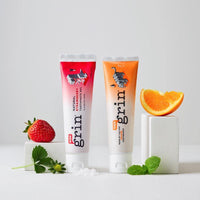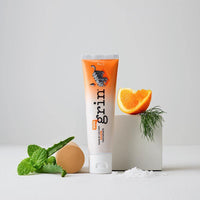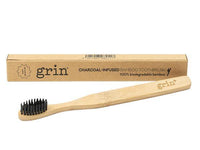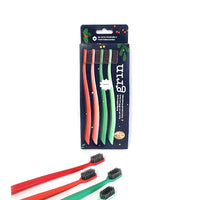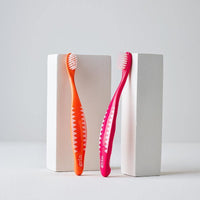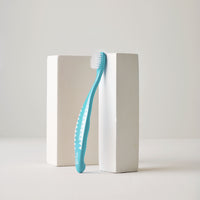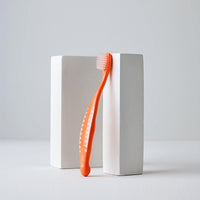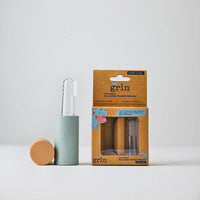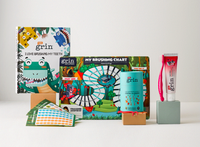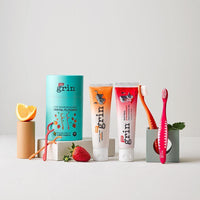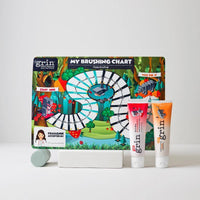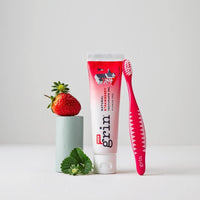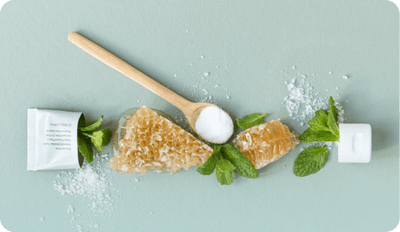When, Why and How to Transitioning From a Bottle to Cup?

Having a toddler means you can expect a mess, especially around meal times. As a still new mom to an 18 month old, meal times are often the most stressful parts of our days and I constantly feel like I am cleaning the floors. This age is all about learning new things. One thing I have learned is that training cups (also known as sippy cups) are the quick and easy option to hydrate my child while maintaining a somewhat clean space. But, as a dental professional, there are pros and cons to these cups. While they should be used temporarily, it is even more important to know what beverages to fill them with.
When to introduce the cup?
But first, let’s talk about when to introduce your child to a cup, whether that be an open cup or training cup. The American Academy of Pediatrics (AAP) recommends weaning your child from bottles ideally around 12 months and should not extend past the 24 month period. You can begin introducing cups into your child’s routine as early as 6 months, which is encouraged to help them ease into transitioning away from the bottle. Every child is different and some may have a more difficult time parting from their bottle, as it can serve as a form of security and part of their routine. You may want to consider eliminating one bottle and replacing it with the cup to start and only offering the bottle with a meal.

Have you seen the number of training cups on the market these days? It is overwhelming and how do you know what type or style is best? Let’s talk about the options:
1. Valve or spout sippy cups: Often known to be “spill-free” but requires your child to suck instead of sip. This means these style cups are very similar to bottles but in a more toddler appealing way. If you choose one of these cups, consider only using it for a short time after weaning from bottles or as you are working on transitioning. Because your little one has been used to sucking from the bottle, they will likely pick up quickly on how to use these cups but try not to let them get too comfortable. They should be used very temporarily or when you cannot directly help or supervise your little one using an open cup. Not to mention these are the toughest cups to clean.
2. Cups with a straw: These are much more preferred over valved or spouted cups. Using the straw will help your little one develop oral muscles that will help them later with their speech and chewing foods.
3. Two handled cups: Look for cups that have handles so that your child has a good grasp and control when lifting to their mouth.
4. Open lid cups: The most ideal cup for your toddler to drink from, but requires help and lots of patience. Some kids never desire the sippy cup and are ready to move straight to the open cup. If so, be sure to help model and offer assistance to help prevent choking from too much liquid coming out too fast.
Why move from bottle to cup?
You may be wondering why transitioning to cups is important at this age? According to the American Academy of Pediatric Dentistry (AAPD), prolonged bottle use may lead to baby bottle tooth decay, also known as “early childhood caries”, especially if the bottle is filled with sugary liquids such as juice and even milk. Milk contains lactose, which is a sugar, and if teeth are exposed to this sugar for long periods of time, there is a greater chance of developing cavities.
To help prevent early cavities on newly developed baby teeth, allow your toddler to have milk at mealtimes when eating solid foods, especially if they are still attached to the bottle. It is important to remember to never fill a bottle with juice or milk to give when napping or sleeping. The sugars will rest on the teeth and create an acidic environment prone to decay.

Bottles and cups that have a valve mechanism, which both require strong sucking reflexes, for a prolonged period can affect the development of your child’s teeth, similar to how pacifier and thumb-sucking habits create a narrow and arched palate. According to a speech pathologist, there has been evidence that sippy cups affect toddler speech and oral motor skills. This is why introducing cups around 6 months is preferred so that you have plenty of time to make the transition before your child becomes too reliant and attached to the bottle.
How to introduce the cup?
Once your child is able to sit up in a high chair and begin eating more solid foods (typically around 6-9 months of age), you can begin introducing cups into their routine. Fill the cup with milk or water and be patient for your child to learn the concept and be prepared for a mess here and there, especially with open cups.
What to fill your child’s cup with?
As suggested by the AAP:
-
Water
- 6 - 12 months can have from 4 ounces of water to 8 ounces of water daily.
- 12 - 24 months can have 8 ounces to 32 ounces of water daily.
- 2 - 5 years can have 8 ounces to 40 ounces of water daily.
-
Juice
- Children ages 1-3 should only have up to 4 ounces of juice daily;
- Children ages 4-6 only 6 ounces daily;
- Children older than 7 should only have up to 8 ounces of juice daily.
Again, remember to give juice with a meal and try to have your child drink straight from a cup rather than sipping from a sippy cup throughout the day.
-
Milk
Milk should also be given in cups during meal times rather than throughout the day. Sipping on milk can lead to dental cavities while also contributing to fullness before eating and gaining calories from foods.
To wrap-up:
- Begin introducing a cup as early as 6 months of age. However, this does not mean your child cannot still have their bottle. Begin trying to wean the bottle as early as 12 months.
- Sippy cups are ideal for on the go times and should be filled with water.
- Give milk in a cup at meal times.
- Limit juice consumption, give with a meal, and ideally from an open-lid cup or one with a straw.
- Sippy cups are temporary cups used to help your child transition from bottle to open-lid cups.
- Be patient with open-lid cups and encourage your child to use them when they are sitting down for a meal.
- Every child is different. Be patient and try different cups to see what works best for your little one and try not to give up on trying an open lid cup. It takes practice and persistence.
- Consult with your child’s pediatrician for additional guidance.
About the Authors:
Kristen Cockrell. Kristen is a Registered Dental Hygienist with a passion for preventive pediatric dentistry and oral health education. Kristen has recently graduated with a master’s degree in dental hygiene education at the University of North Carolina at Chapel Hill. Instagram: @kristenwcockrell
Sarah Liebkemann. Sarah is a Registered Dental Hygienist who is passionate about doing fun activities with kids to educate them about oral health. Sarah also runs an Instagram page @sll.stories where you can find a lot of dental educational resources for your little ones. From now on, Sarah will be also sharing her talent and knowledge with our Grin community.

